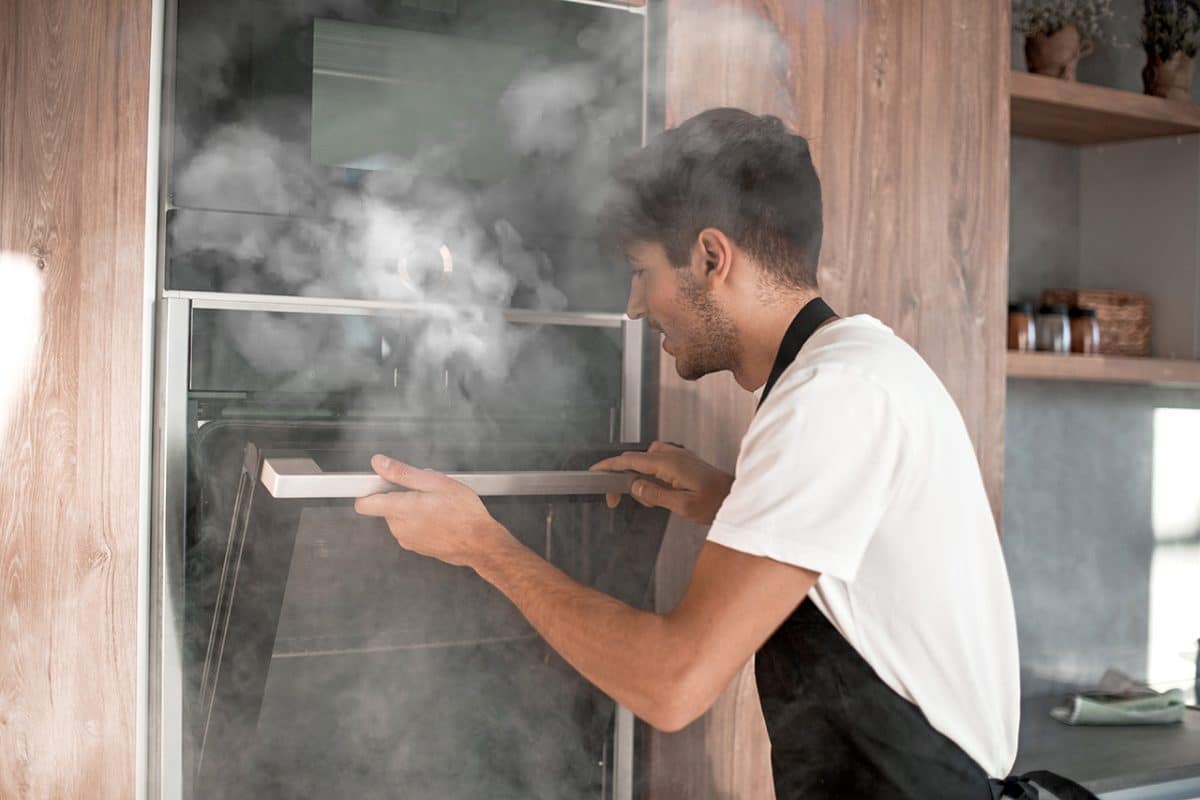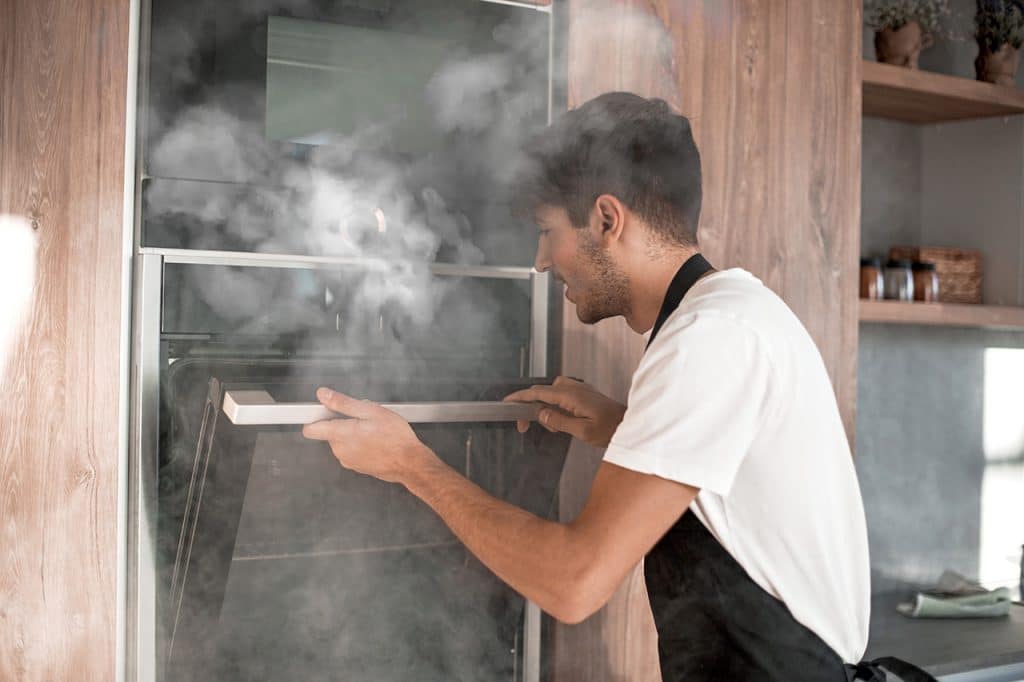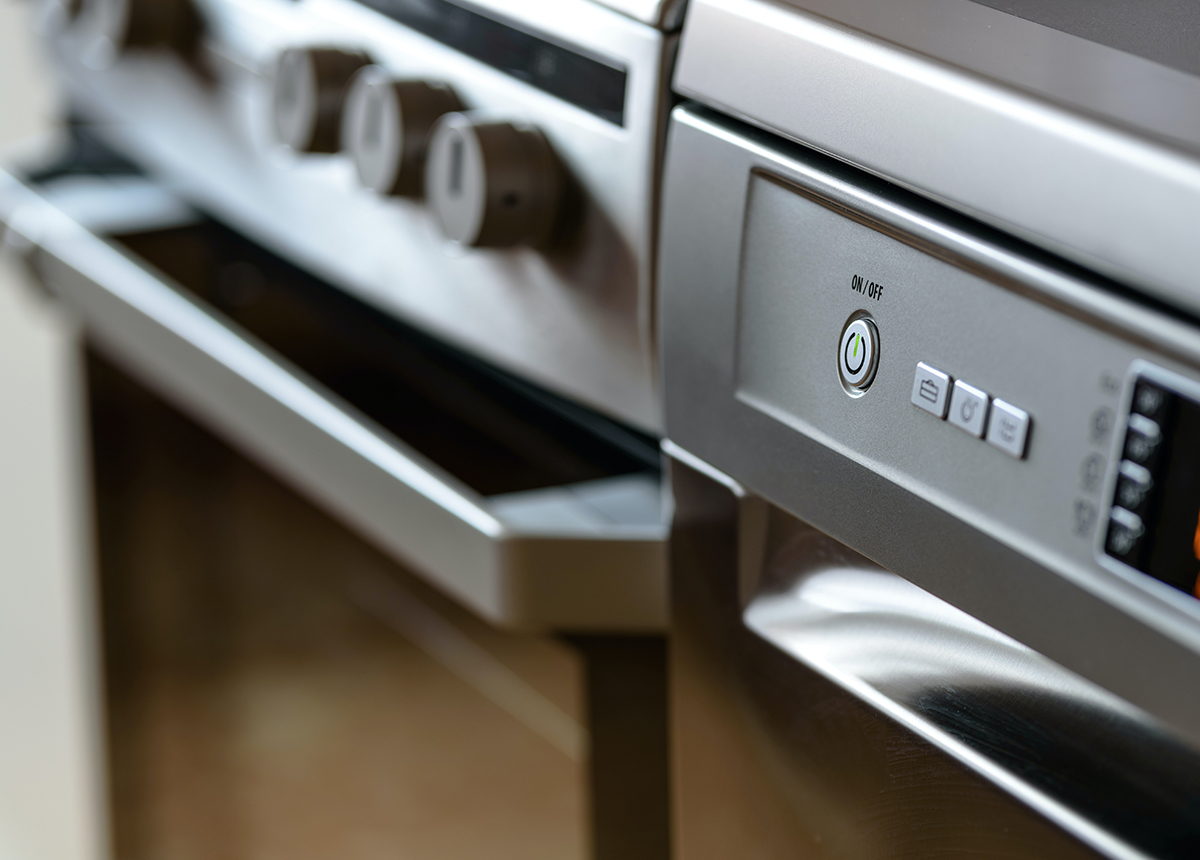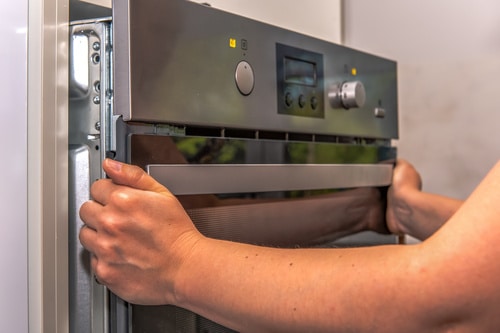Oven Range Repair vs Replacement

Many oven repair specialists will recommend that you replace your oven when it is over 15 years old. However, if you have been using your oven for just a few years, it is better to repair than replace it. In fact, many oven related problems can be fixed quickly and easily, and many technicians can complete the repair within as little as an hour.
Repairing an oven is much cheaper than replacing it, and it is better to reuse your oven because buying a new one and installing it is often a difficult process. Another thing to consider is the average oven repair cost.
Typically, the repair cost will range from $140 to $300 depending on the extent of the damage and the types of parts required for your oven. Not to mention the time needed to fix the presenting issues.
Average oven replacement cost
If you are going to replace your oven, you will need to invest a lot of money since buying a brand-new oven is not cheap. According to several consumer reports, an oven’s average price will run anywhere from $900 to $4000.
Therefore, you will need to have the budget for this hefty expense, or you can just stick to your old oven for a few more years. That is why repairing your oven is the obvious budget friendly choice. Of course, you can troubleshoot the problem on your own, but we recommend that you get in touch with a professional oven technician to diagnose and repair the oven for you.
Is it better to replace or repair your oven?
The simplest option is to repair an oven, but you need to hire a qualified, skilled, and experienced oven repair specialist because they can effectively diagnose the issue sometimes over the phone at no cost, while also advising you of how to avoid misuse. Otherwise, you may have to pay a call out fee which normally includes the first half hour of labour, and the technician can often provide you with the details of the problem on the same day.
Straightforward repairs cost little more than the call out fee, and if you decide to hire them for a more in-depth repair, technicians do not charge a second call out fee. They can also source the parts needed for the repair and labour is backed with a 60-day limited guarantee, so you can feel confident that the repair is done correctly, and your oven is working as you expect it to be.
However, if your oven problem keeps coming back, it is time to invest in a new and more modern oven because it will be more expensive to maintain a faulty oven in the long run.
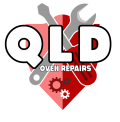
Call Us Now
(07) 3123 6792
Copyright © 2020 – Oven Repairs Brisbane. All Rights Reserved.
